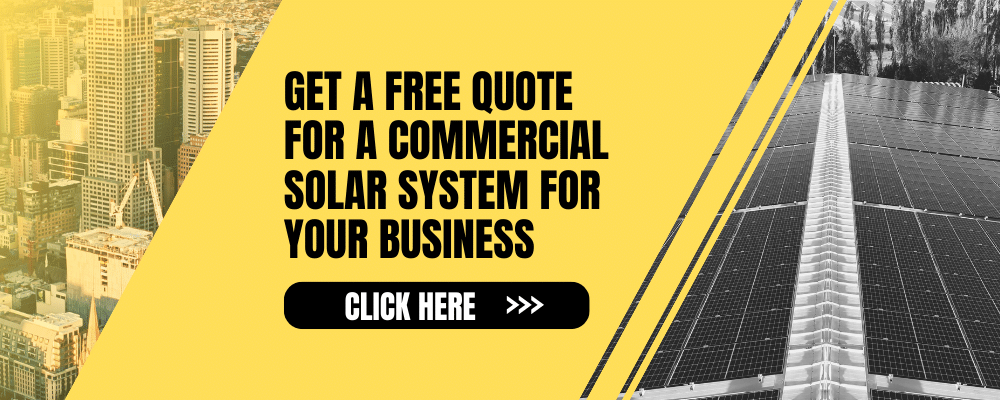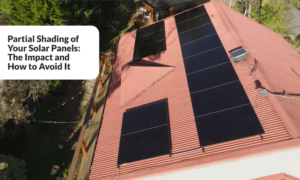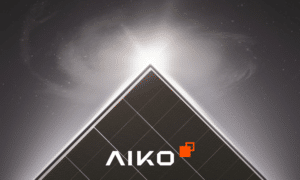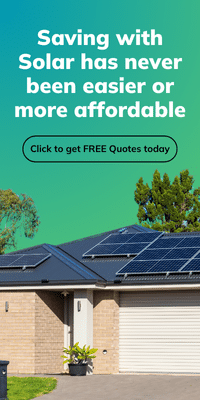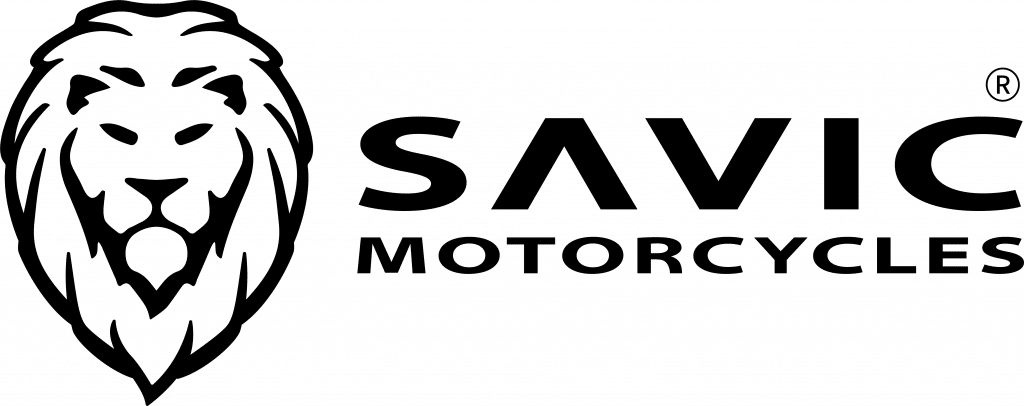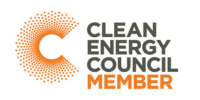Energy bills are on the rise, but there’s good news: improving your home’s efficiency doesn’t have to cost the earth. There are plenty of ways to make your home more energy efficient. Some are completely free, others are surprisingly cheap, and a few require a little upfront investment but pay off in spades.
In Episode 3 of Energy Matters, we followed sustainability expert Jon Dee as he tackled his own home’s energy efficiency, with the help of solar pioneers like AIKO. Whether you’re just starting out or ready to take the plunge into smart energy tech, Jon’s journey proves there’s something every Aussie can do.
Start simple: Free changes you can make today
Let’s kick things off with the easy wins: the free stuff.
- Switch things off at the wall. Appliances on standby can still drain power. Your TV, microwave, gaming console, and even phone chargers use trickle energy when left plugged in.
- Open and shut your blinds strategically. In winter, let in that glorious sun during the day and close blinds at night to keep the heat in. In summer, do the opposite.
- Shift energy use to off-peak times. If you’re on a time-of-use tariff, using appliances like the washing machine or dishwasher at night can save a bundle.
These no-cost tweaks helped Jon identify the “leaky taps” in his energy use – simple behaviours that made a noticeable difference.
Cheap but effective: Small spend, big savings
If you’re happy to spend a little, you’ll unlock bigger improvements.
- Swap to LED lighting. They use up to 80% less energy than halogens and last far longer.
- Install weather stripping. Sealing gaps around doors and windows keeps the heat in during winter and out during summer.
- Use smart power boards. These turn off standby appliances when not in use.
- Draft stoppers for under doors can stop cold breezes in their tracks. Old-school but effective.
Jon’s first upgrades included these sorts of tweaks. He installed thick, hemp blinds to insulate his single-pane windows. For less than a few hundred bucks, he boosted his home’s comfort and trimmed his bills.
Go further: Bigger changes for long-term gains
Ready to invest? These upgrades significantly dent both your energy usage and carbon footprint.
- Upgrade insulation in ceilings, walls, and floors to maintain a stable indoor temperature year-round.
- Install a heat pump hot water system. It’s one of the most energy-hungry appliances in the home, and switching can slash running costs.
- Switch to energy-efficient appliances. Look for high-star ratings on fridges, washing machines, and dryers.
Jon tackled insulation and heating first, dramatically reducing the need for air conditioning in both summer and winter.
The power play: High-efficiency solar panels
After cutting energy demand through all the steps above, Jon went one step further by generating his own clean energy.
That’s where solar comes in, but not just any solar.
Jon’s choice? AIKO all-back contact (ABC) solar panels. Why? Because they’re not only ultra-efficient, they’re designed to perform even when partially shaded, which is a real game-changer in suburban areas with trees or neighbouring roofs.
These panels:
- Deliver higher output per square metre
- Keep working in low light or shaded conditions
- Help reduce reliance on the grid, even in tricky spots
Paired with an inverter and smart energy monitoring, Jon’s system gives him full visibility and control over his energy use and generation.
Where to from here?
Every Aussie home is different, but the takeaway is the same: energy efficiency starts with knowledge and ends with smart tech. Whether you’re flicking off standby appliances or installing next-gen solar panels, there’s always another step you can take.
If Jon Dee’s journey proves anything, it’s this: smart energy choices aren’t just for sustainability experts. They’re for everyday households wanting to lower bills, boost comfort, and do their bit for the planet.
Explore how AIKO panels can help you get more from your roof, even in shaded or space-limited situations. Watch Episode 3 of Energy Matters on 9Now.






